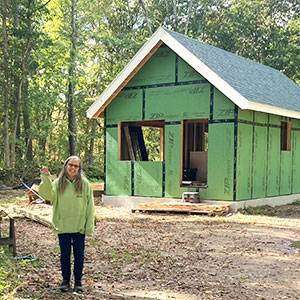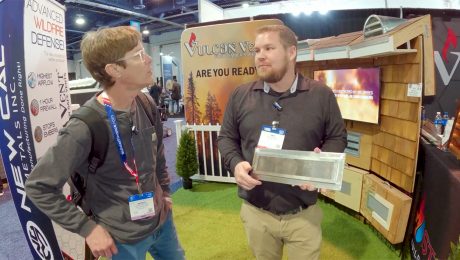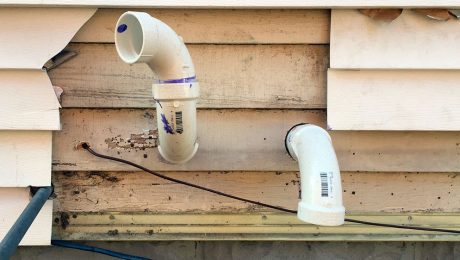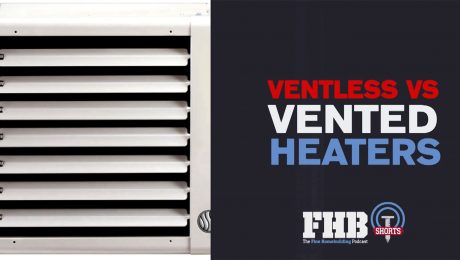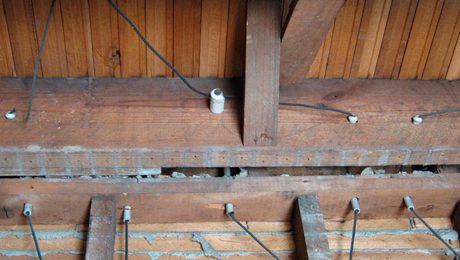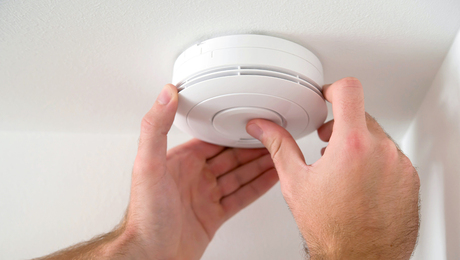What's the Difference: Disposable respirators
What do their ratings really mean?
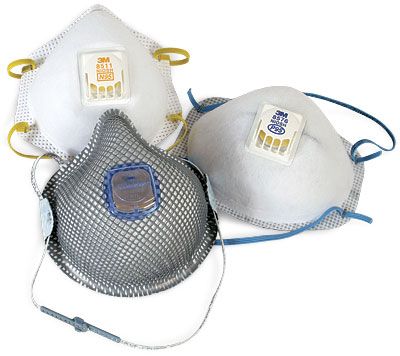
Disposable respirators, which have two straps, are much more effective than single-strap nuisance dust masks in filtering particulate out of the air. These respirators come in three different classifications— N, R, and P—and with three different NIOSH (National Institute for Occupational Safety and Health) efficiency ratings. In most construction tasks, the use of an N-rated respirator is appropriate. In certain environments, though, R- or P-rated respirators should be used.
Particulate is not just dust
The term particulate encompasses matter in the form of dust, mist, and fumes. Dust is created by breaking down solid material: cutting wood or sanding drywall, for instance. Mists are generated by spraying, mixing, or boiling liquids. Fumes are condensed vapor particles from solid materials that have been vaporized at high temperatures, like when metal is cut or welded.
Disposable respirators have limitations. Some processes and materials can generate particulate as well as uncondensed vapor and gas, two substances a disposable respirator won’t filter. Also, if particulate-concentration levels are too high, then a different type of respirator must be used. To determine an environment’s particulate-concentration level, extensive air-sampling must be done. However, checking with NIOSH (www.cdc.gov/niosh), a respirator’s manufacturer, and a product’s material safety data sheet (MSDS) is the next best thing you can do to be sure you’re working within the limits of the respirator.
Different classes for different atmospheres
N-, R-, and P-rated respirators have different levels of resistance to airborne oil particles, which can degrade the filtration efficiency of a respirator.
N-rated respirators are not rated for use in environments that contain airborne oil particles. Remodeling a mold-ridden basement and sanding drywall joint compound are examples of tasks for which an N-rated respirator can be worn. When oil is in the air from sprayed lubricants or finishes, for example, an R- or P-rated respirator should be worn.
What the ratings really mean
N-Rated
N-rated respirators are well-suited for most job-site tasks
Price: $22.95 for 10 (N95)
• Not resistant to airborne oil particles.
• Most readily available.
• Available in 95, 99, and 100 efficiency ratings.
Uses: Sanding, cutting, sweeping, grinding, spraying liquids that do not contain oils or vapors, working where mold is present.
Disposal: When respirator becomes damaged or when breathing becomes uncomfortable. N-rated respirators do not have a time-use limit.
P-Rated
P-rated respirators are resistant to oil
Price: $39.95 for 10 (P95)
• Has a greater range of protective qualities than an N-rated respirator.
• Available in 95 and 100 efficiency ratings.
Uses: Suitable for N-rated tasks and when spraying lubricants and finishes that contain oil, or when working with cutting fluids that contain oil.
Disposal: When respirator becomes damaged or when breathing becomes uncomfortable. When oil is present, respirator should be used for no more than 40 hours or 30 days, whichever comes first. (This time-use limit can vary by manufacturer.)
R-Rated
R-rated respirators are similar to P-rated respirators
Price: $28.95 for 10 (R95)
• Like a P-rated respirator, an R-rated respirator can be used in environments with or without oil particles.
• Available in 95 efficiency rating only.
Uses: Suitable for N-rated tasks and when spraying lubricants and finishes that contain oil, or when working with cutting fluids that contain oil.
Disposal: When respirator becomes damaged or when breathing becomes uncomfortable. When oil is present, respirator should be used for no more than eight hours.
Three levels of filtering efficency
Disposable respirators are assigned a 95, 99, or 100 efficiency rating. Respirators filter the same-size particulate, but varying amounts of it. The efficiency rating signifies the percentage of particulate that a respirator is designed to filter. More important than ratings, though, is selecting a respirator that fits correctly. A mask that doesn’t seal properly to the face leaks and offers little protection.
Photo by Krysta Doerfler





